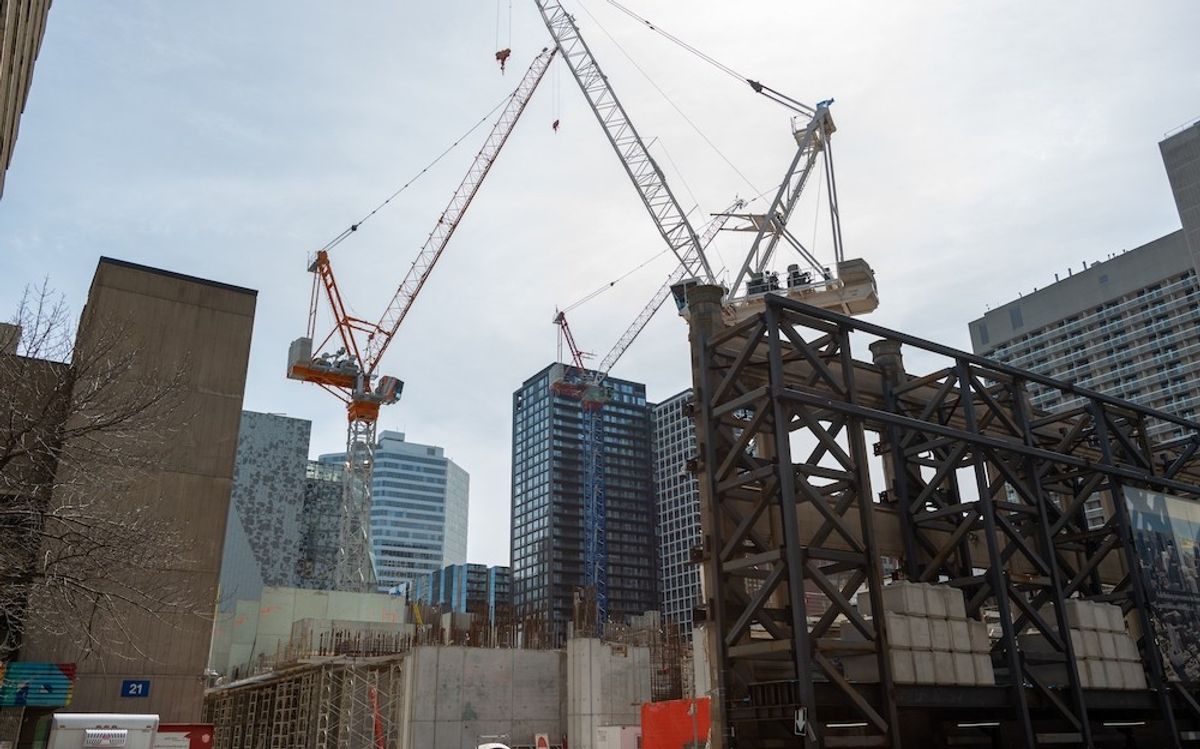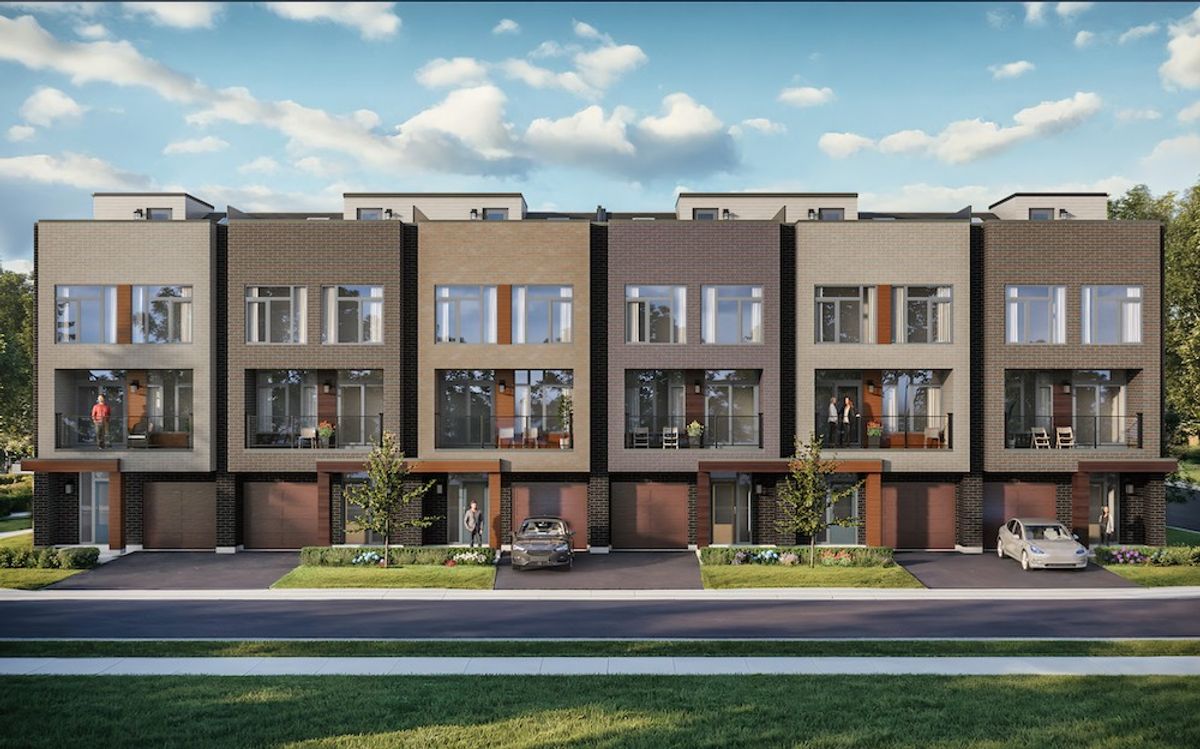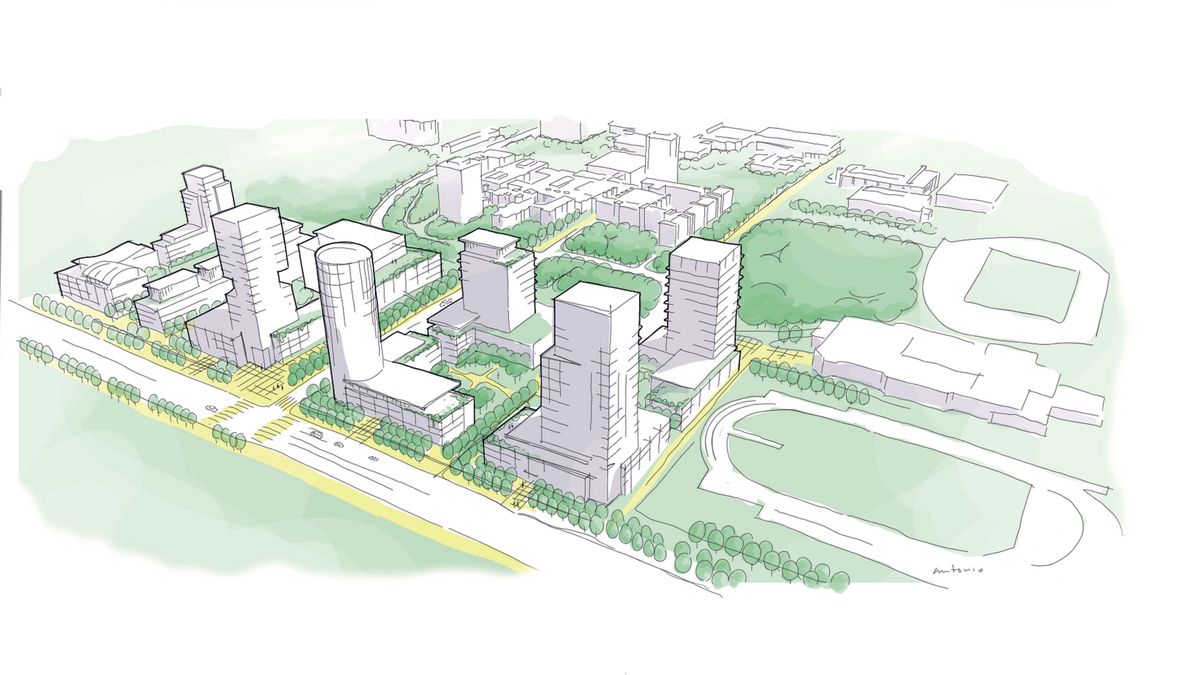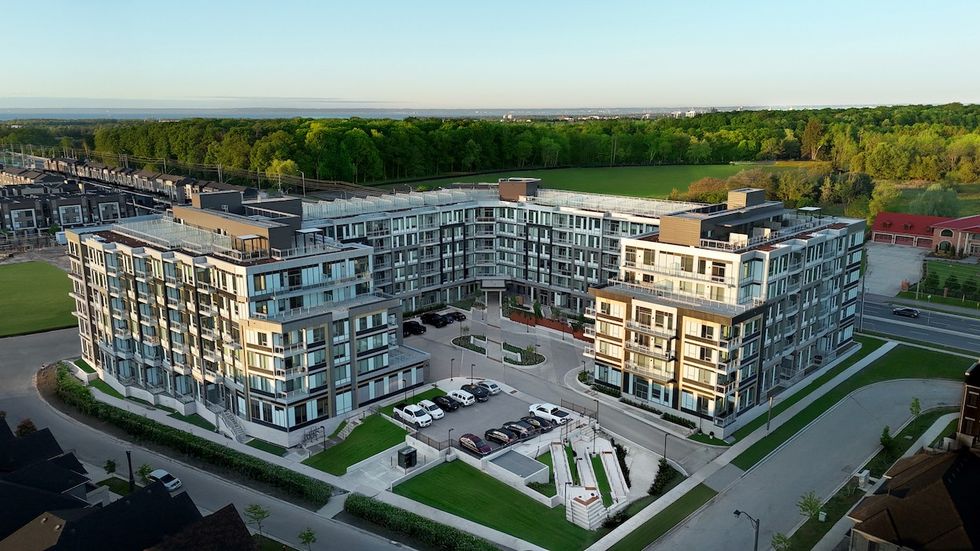Reductions to sales taxes on new housing, excessive red tape associated with building residential developments, and tackling exorbitant development charges (DCs) are in the offing for Ontario. We know this because Premier Doug Ford made the commitment on all three in his election campaign and the top contenders for the prime minister’s job — Liberal Leader Mark Carney and Conservative Leader Pierre Poilievre — have pledged to reduce the sales tax on new homes.
What we need now is clarity combined with urgency. Declining new home sales due in large part to excessive government-imposed costs have had a chilling effect on the new home market. To say we need these reforms yesterday is an understatement. It is critical we get this done sooner rather than later.
To be specific, we need a DC holiday for at least two years. This would give the governments time to work on devising a long-term solution to the current ill-functioning DC funding system. This is not a pipe dream. Ontario municipalities are already sitting on billions of dollars in unspent DCs — money that is just sitting in a bank account while the housing crisis continues to escalate. The purpose of this money is to build infrastructure like roads and water treatment plants to accommodate new housing. It should be put to work now. There is no use keeping it for a rainy day.
Three-quarters of respondents to an Ontario Real Estate Association survey indicated they strongly support reducing DCs, and 72% said they would support the provincial government setting limits. Further, the survey revealed that respondents felt the responsibility of paying for infrastructure should lie primarily with either the provincial government, followed by the municipality, rather than being passed down to new homebuyers.
Several municipalities are paving the way for action and have shown it is possible to reduce DCs. The City of Vaughan, for example, approved a 50% cut to its DCs by returning the rates to 2018 levels. The municipality is also advocating for a DC holiday of two years. During this period, new funding mechanisms would be developed. Mississauga has committed to reducing DCs by 50% for new builds, and 100% for three-bedroom units in purpose-built rental buildings. Earlier, the City of Burlington also passed a bylaw to reduce developer fees by 45%.
Carney and Poilievre haven’t addressed DCs specifically. But Carney has committed to a GST break for first-time homebuyers on units under $1 million and Poilievre has proposed no GST for new housing under $1.3 million.
DCs create inequalities between existing homeowners and new homebuyers. New buyers are paying for infrastructure primarily used by existing homeowners. Meanwhile, existing homeowners benefit from higher house prices and reduced property taxes at the expense of new home buyers.
DCs are out of control and reducing housing affordability. A study done for RESCON indicated that the tax burden on a newly constructed home in Ontario has jumped to almost 36% of the purchase price, up from 31% just three years ago. DCs make up a big chunk of the figure. Over the past decade, the cost to build new homes has shot up in Toronto. Materials, labour, land values, commissions and interest have all seen significant increases, but the biggest jump has been with DCs. Toronto has increased DCs for single and semi-detached homes by 464% from 2014 to 2024, whereas incomes in Ontario only went up 29% over that time.
A few years back, a paper authored by Andrew Sancton, a professor in the department of political science at Western University in London, suggested that the wisest course of action would probably be to freeze DCs at current levels and plan for their gradual reduction over time. During this period of transition, he said governments and academics could engage in serious and comprehensive research about alternative methods of financing new local infrastructure. He was clearly right on the need to find a new equitable and predictable system to pay for growth. But freezing DCs won't work in municipalities which have raised them to unbelievably regressive levels.
Homeownership is slipping further out of reach for young people. A report commissioned by the Ontario Home Builder’s Association revealed that 11 of 26 municipalities analyzed in Ontario were completely unattainable for middle-class households. While house prices have more than doubled since 2005, wages after inflation in Ontario have only grown by 16%. Investment in the residential construction sector continues to contract, according to the latest figures released by BuildForce Canada. The outlook suggests growth to slow again this year.
To spur the market, we need to substantially reduce the cost of housing. Cutting DCs for a two-year period would be a good start.





















